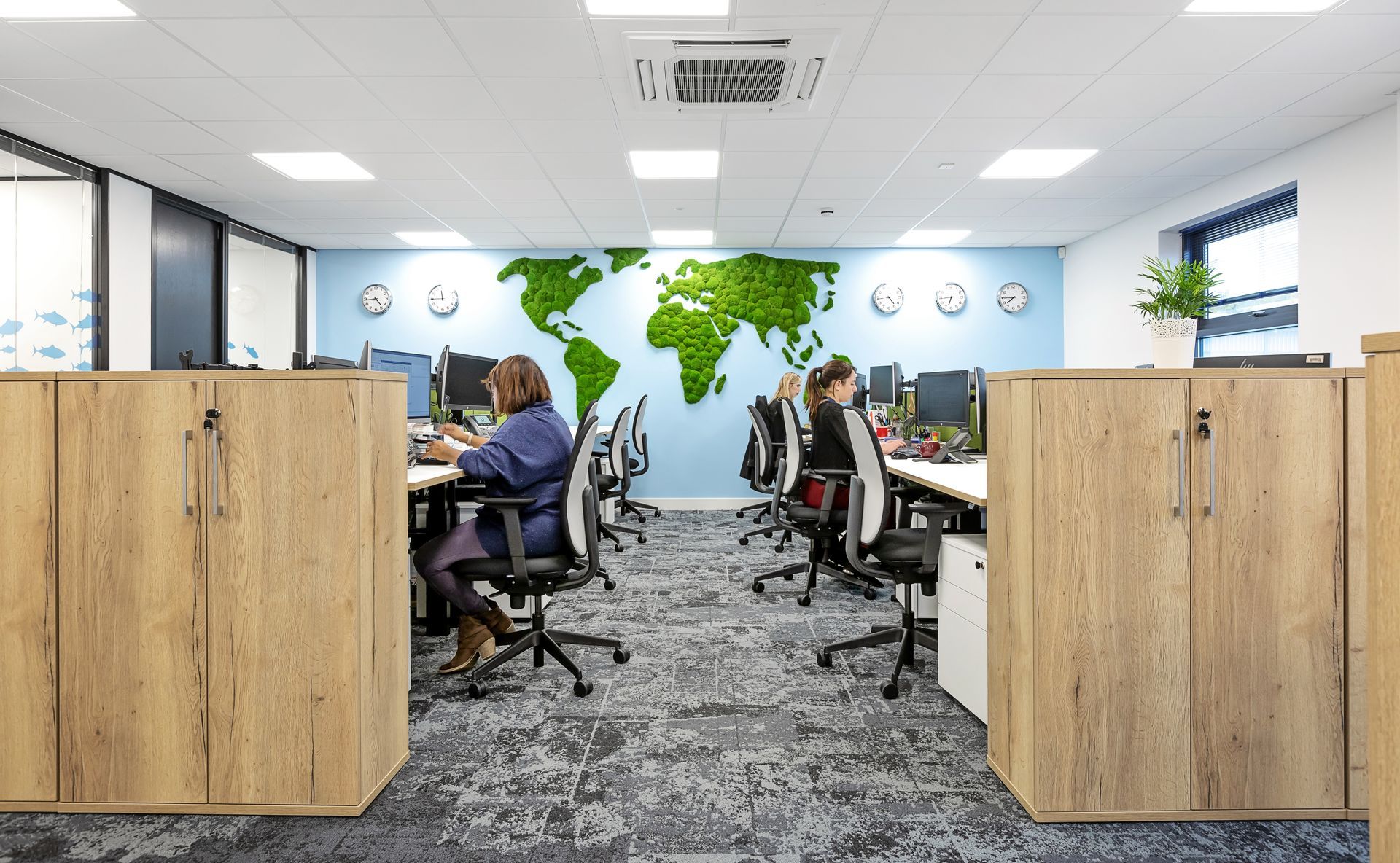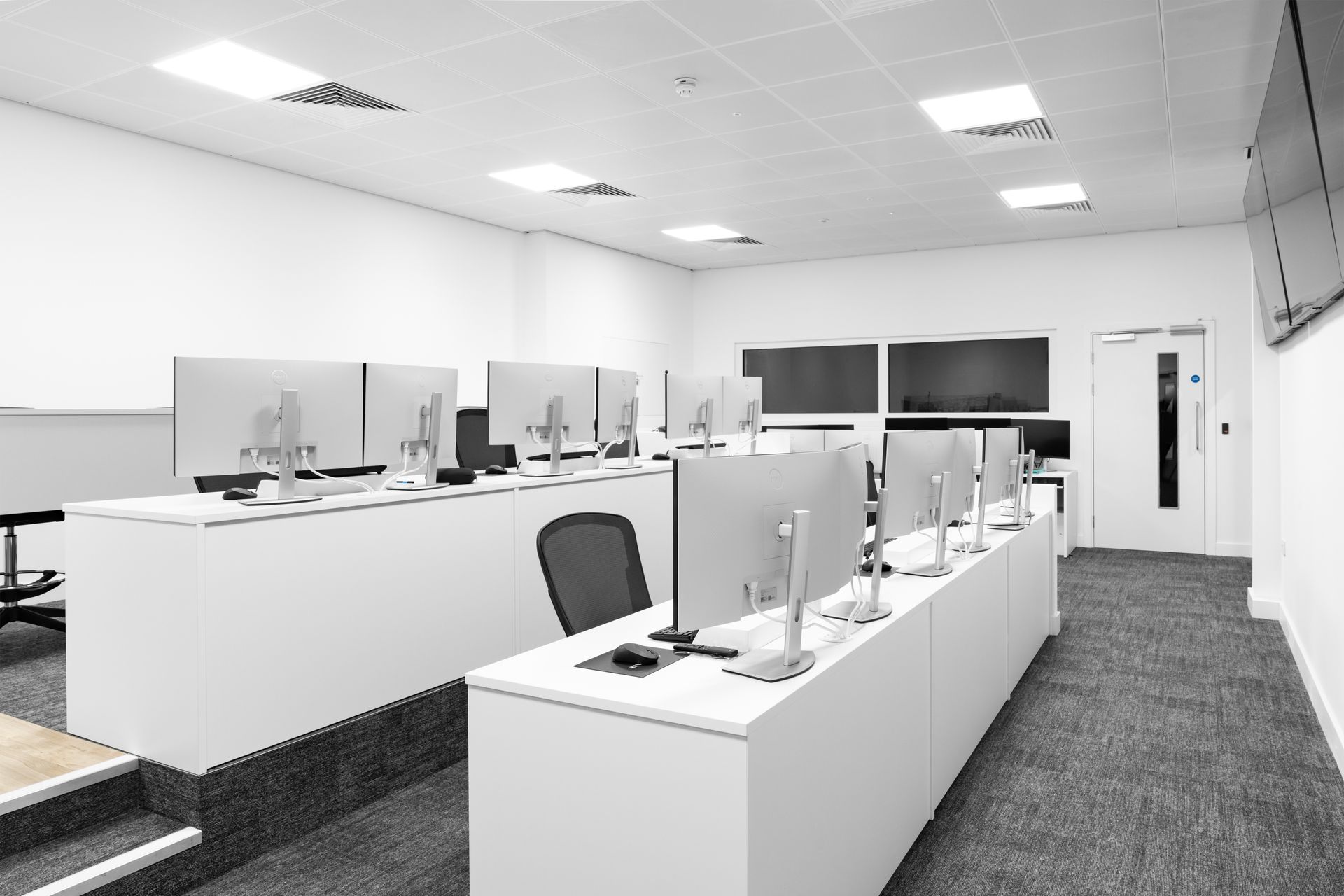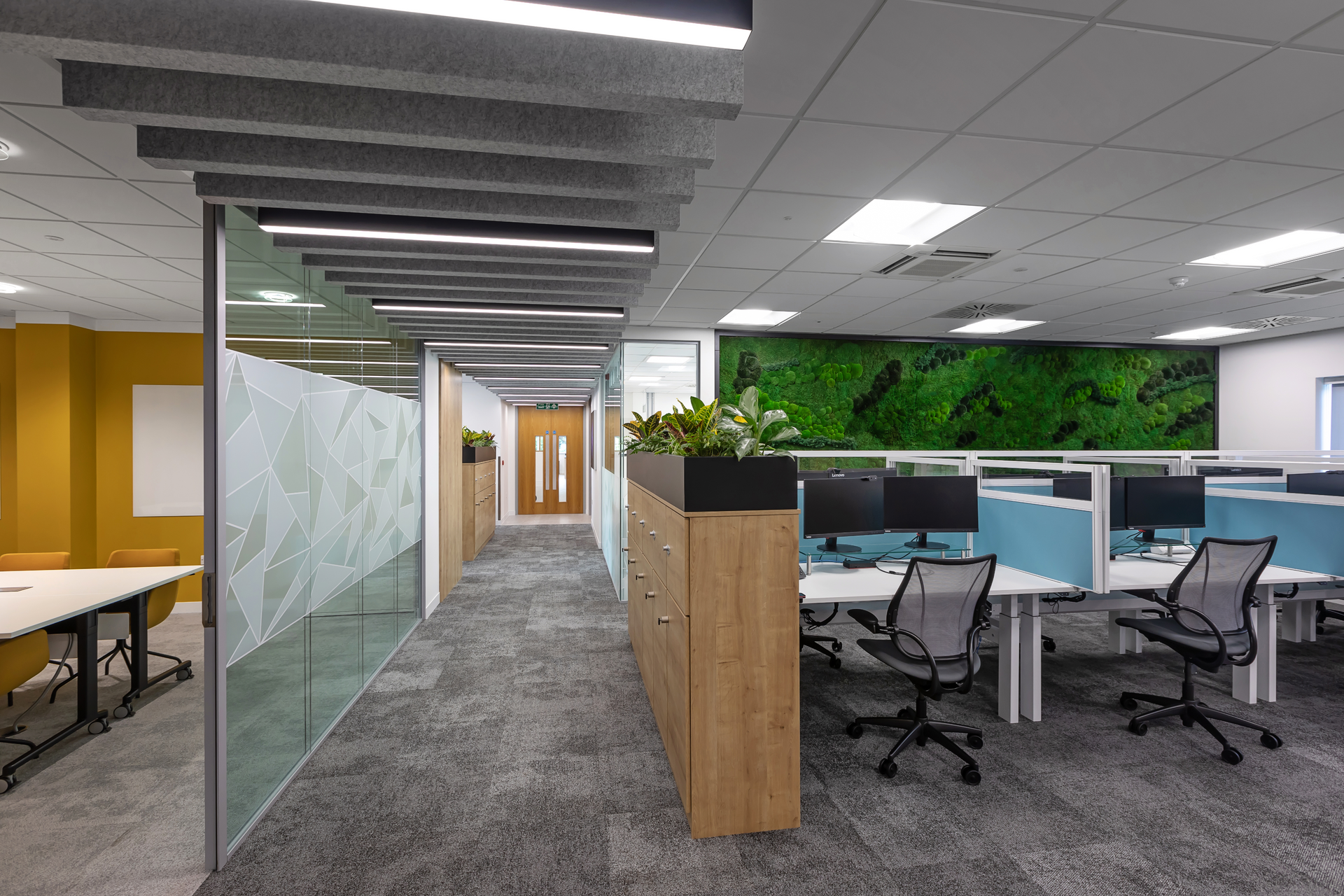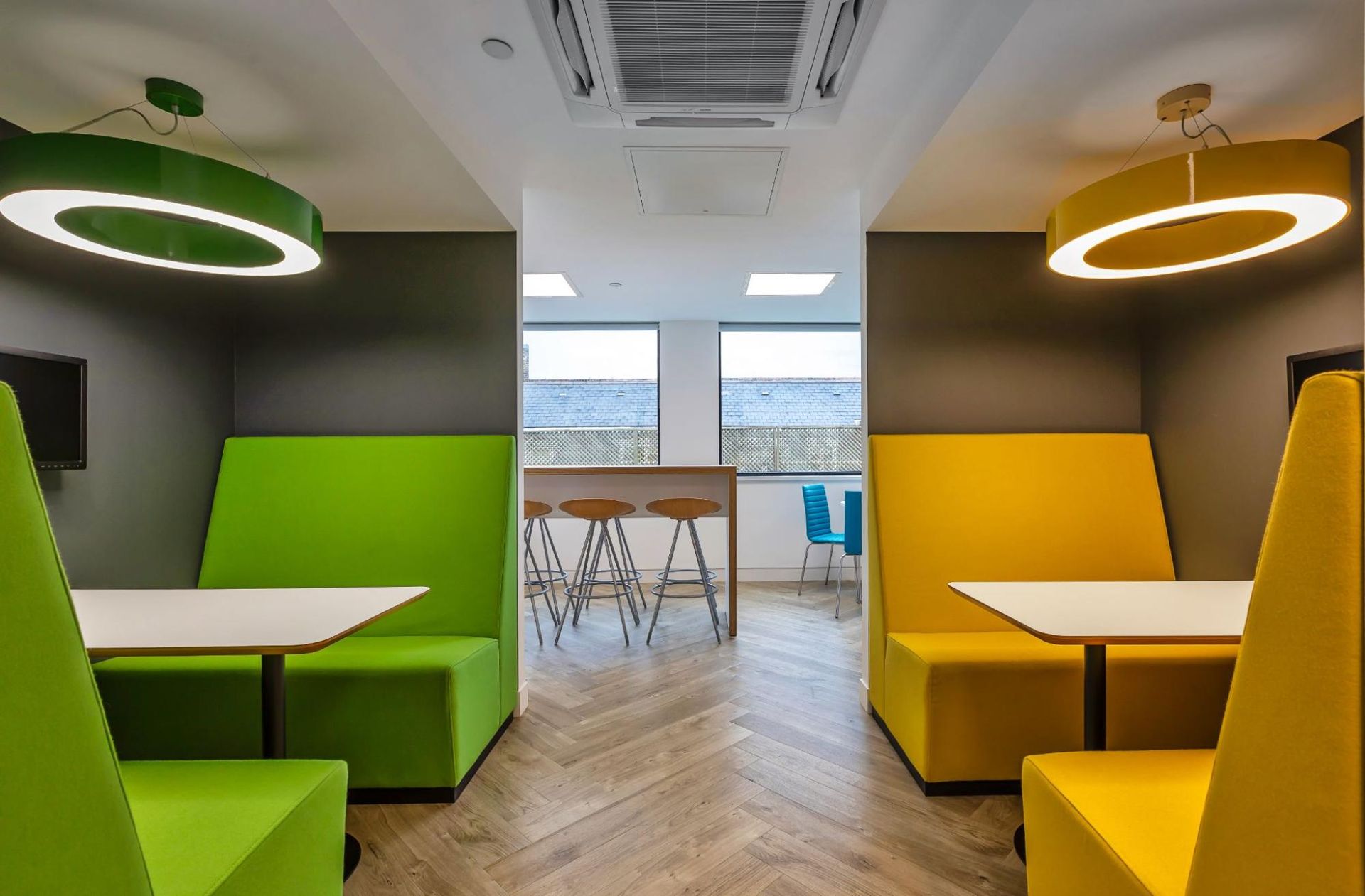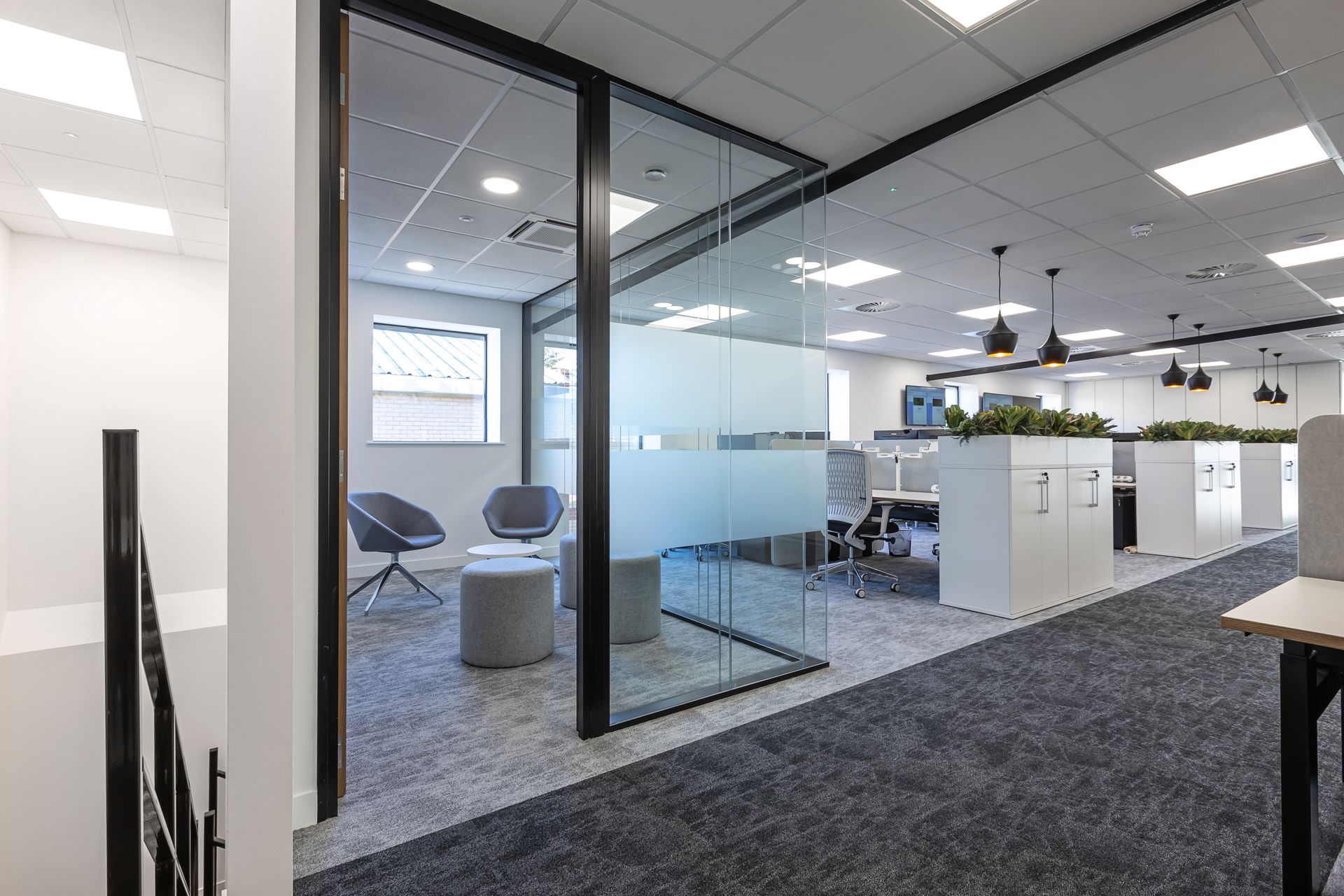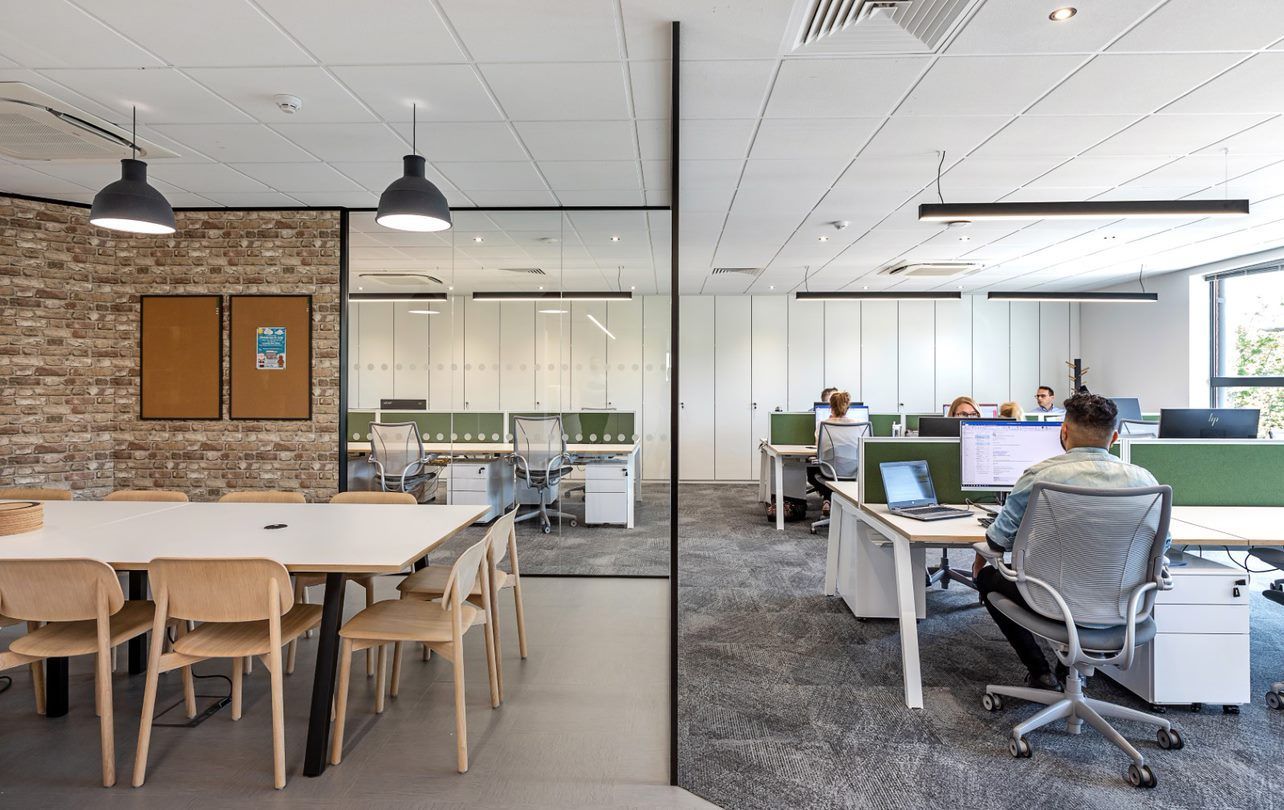In recent years, the design of office spaces has undergone a major transformation. Traditional cubicles have given way to open floor plans, encouraging collaboration and communication. But as open offices have become the norm, employees and employers alike have begun to recognize that this setup isn’t without its drawbacks. Striking the right balance between open and private spaces is essential for creating an office environment that fosters both productivity and well-being.
The Rise of Open Office Spaces
Open office spaces were introduced with the intention of breaking down barriers—both literal and figurative. By removing walls, companies hoped to encourage teamwork, foster creativity, and enhance communication. Open layouts provide flexibility and adaptability, making it easy for teams to collaborate spontaneously, share ideas, and work together on projects. Additionally, the absence of physical barriers can create a more modern and aesthetically pleasing environment, making the workplace feel vibrant and dynamic.
The Downside of Open Office Spaces
One of the most common complaints about open office environments is the lack of privacy and constant distractions. Without walls, noise can travel freely, making it hard to concentrate on deep, focused work. The sound of conversations, phone calls, and keyboard clatter can be a major source of frustration for employees who need quiet time to focus. Moreover, the lack of personal space can lead to feelings of being constantly observed. Without a dedicated, private area to retreat to, employees may struggle to find moments of solitude, leading to burnout over time.
Research has shown that while open offices do increase face-to-face interactions, they also significantly increase digital communication. Instead of talking to coworkers sitting nearby, employees tend to send emails or messages, ironically reducing the very collaboration open spaces were designed to promote.
The Importance of Private Spaces
Private spaces in offices allow employees to focus on individual tasks, hold confidential conversations, and recharge in peace. These areas are essential for deep work, which requires concentration without distractions.
Private spaces don't necessarily have to be isolated offices or closed-door cubicles. They can take the form of quiet rooms for focused work, or break areas where employees can relax without the constant buzz of the office. These spaces can also foster better employee well-being, providing a respite from the noise and stimulation of open environments.
Striking the Right Balance
The best office designs offer a balance between open and private spaces. Employees have different needs depending on their roles, personalities, and the type of work they’re doing. Providing a variety of workspaces—some open and collaborative, others private and quiet—allows employees to choose the environment that best suits their task at hand. In the end, a well-designed office is one that adapts to the needs of its people, fostering an environment where everyone can thrive.
Here at Glenside, we can design and fit out your new office space to perfectly reflect your company values and personality, as well as making it functional and a productive workspace for your staff and team members. Want to discuss your next office design project?
Get in touch today.
View more insights: Office Design I Industrial Property I Laboratories I Wellbeing & Productivity I Company Updates
Join Our Mailing List
We will get back to you as soon as possible.
Please try again later.
All data is handled inline with our Privacy Policy and you may unsubscribe at any time.
Our showroom.
16 Commercial Road, Reading, Berkshire, RG2 0QJ
Quick links.
Glenside Commercial Interiors is a trading name of Glenside Commercial Interior Projects Ltd registered in England with Registration Number 14000423. VAT No. 408 5792 72
All Rights Reserved


